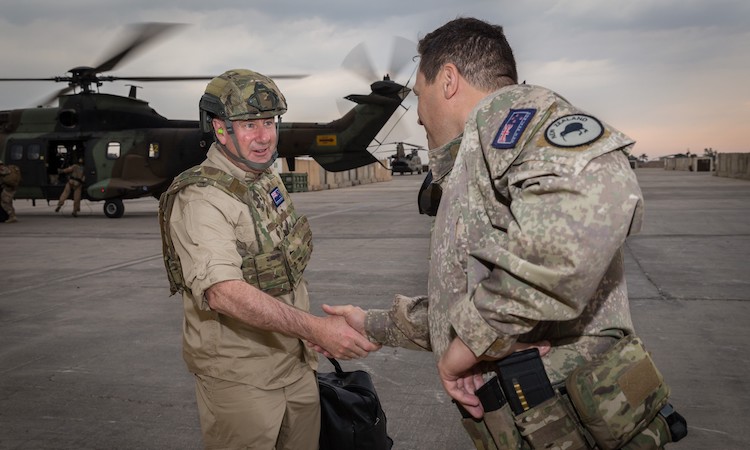Can I just add that though the letter above is satirical there is an element of real politik truth to it and a precedent that from the 1st Gulf War when Japan was a no show, yet reaped the industrial and economic benefits of access to Middle East oil.
The Japanese were bluntly told by the Bush 41 administration to get out their chequebook and pay or their would be significant consequences including trade access into the US and other measures, a move endorsed by the UK. The Japanese offered a $1 Billion. That would not do said the Americans.
In the end Japan ended up paying $13 billion dollars or 20% of the cost of Desert Storm.
New Zealand like Japan last century is what Pharr (2003) described as following a “low-cost, low-risk, benefit maximizing strategy in pursuit of its national interests" and to paraphrase Calder (1988) and Yasutomo (1995) a when writing of Japan post war - New Zealand post Cold War is “reactive state content to assume a passive, low-profile, chiefly economic role in world affairs, eschewing the use of military force as an instrument of state policy and relying on the United States (Australia) for its security."
Until the Gulf War in 1990, the Japanese people post WW2 and the Constitution were content to see themselves as a peace-loving state (heiwa kokka) while relying on the U.S. umbrella for its security. It became a significant tenant of the countries identity, a political and emotionally invested sacred cow. Post Cold War 1.0, and most definitely post 2000, New Zealand when it comes to defence has abandoned its “pragmatic multilateralist” approach that it took Post War to the folly of an “independentist” or "selectivist" role identity approach to its defence relationships with other liberal democracies, demonstrated by the present low cost - low risk - low profile defence stance and the "exceptionalist" moral superiority and the conspicuous expression of moral values that underpins this. It is a folly because it fails to understand or even contemplate that the moral of what happened to Japan in 1991 with respect to the Gulf War will not happen to them. It will.
Suddenly, Japan was faced with unprecedented pressure from the United States and the international community to join the multinational forces and make a “human contribution” befitting its status as a powerful international player. Japan could no longer remain a passive spectator of world events, but was expected to contribute to the new world order alongside other major powers. In this vein, the effect of the Gulf crisis on Japanese foreign policy should not be underestimated. It has been termed “a watershed” for Japanese security policy, thrusting issues of identity to the fore and occasioning a process of self-reflection and foreign policy restructuring that continues to make an impact upon Japanese foreign policy today. (Dobson 2003; Hook 1996).

 pointofordernz.wordpress.com
pointofordernz.wordpress.com


